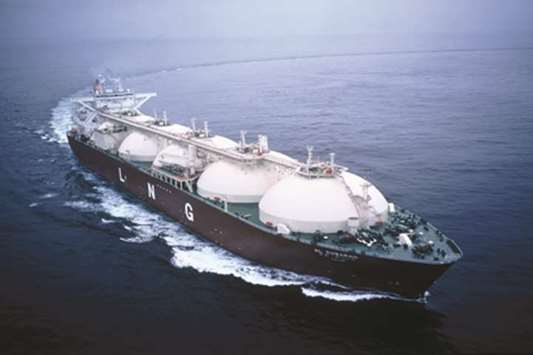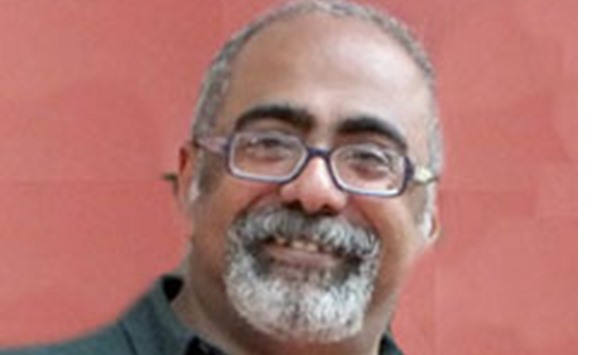Qatar’s gross domestic product (GDP) is set to grow 2.6% this year and then average 2.7% during 2019-23, bolstered by Doha’s moves to increase liquefied natural gas production capacity by about 30%, according to the International Monetary Fund (IMF).
“Macro-financial indicators are improving in 2018 compared to mid-2017; the CDS (credit default swap) spreads have come down, stock market has recovered, and non-resident deposits have started to flow back in,” the IMF said in its Article IV consultation with Qatar.
Highlighting that the medium-term financial outlook is expected remain broadly favourable; it said while the implementation of the public investment programme and the ease in the pace of fiscal consolidation would help support growth, the continuation of the diplomatic tensions could weigh on the confidence.
Inflation may peak at 3.8% this year – as the impact of the value added tax being introduced during the second half of 2018 would mostly be felt in that year – before easing to 2.2% in the medium term, said the Bretton Woods institution.
It said fiscal and external balances are projected to improve in the near and medium term due to continued expenditure restraint and higher hydrocarbon prices than in 2014-16.
Continuing gradual fiscal consolidation over the medium term will help ensure adequate saving of the exhaustible hydrocarbon wealth for future generations, the IMF said, adding the non-hydrocarbon primary balance consistent with intergenerational equity (non-oil primary deficit) is the appropriate anchor for assessing the fiscal position in Qatar, given ample oil and gas reserves.
With the fiscal consolidation that has already taken place during 2016-17, the estimated gap between the non?hydrocarbon balance derived from this framework and the actual non?hydrocarbon primary balance in 2017 was about 6 percentage points of non-hydrocarbon GDP, the IMF said.
Gradual fiscal consolidation is appropriate in view of significant fiscal space (large fiscal and external buffers accumulated in the sovereign wealth fund, still favourable terms of external borrowing, and the need to avoid more pronounced slowdown in growth due to a more ambitious fiscal consolidation path).
“The authorities have the space to go even slower in the event of adverse shocks or if cyclical conditions warrant,” the report said.
Stressing that prioritisation and sequencing of fiscal reforms is key to preventing reform fatigue, the IMF said the 2018 budget continues with gradual fiscal consolidation, with emphasis on new tax measures, fees for the use of government services, contained current expenditure, and efficient and higher capital expenditure.
In the medium term, further fiscal consolidation is envisaged, including limiting the growth of the public wage bill and spending on good and services, and reduced public investment.
“Going forward, consideration could be given to wage reform, underpinned by restructuring based on well-designed and implemented public sector employment reforms in conjunction with reforming education and the labour market,” it added.
Public employment reform is important to improving economic efficiency and supporting private sector-led growth.
Stressing that the direction of the energy and water price reforms is appropriate, the IMF said, “Gradually reducing energy subsidies (water and electricity), while putting in place robust mechanisms to protect the most vulnerable segments of the population is important.”

Qatar’s strategic decision to increase its liquefied natural gas production capacity by about 30% is supporting the country’s growth outlook, according to the International Monetary Fund

